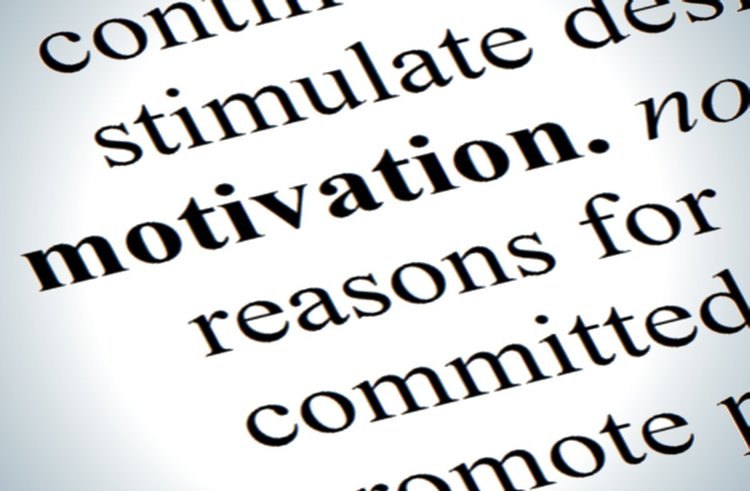About a year ago I went to a Tony Robbins seminar (and I loved it).
The whole thing is one giant party.
Half the time, you’re jumping up and down like a maniac to some Pitbull or Calvin Harris songs.
The rest of the time, Tony tells stories and leads you through dozens of self-help exercises.
I’m not going the lie–it’s an incredible experience. Everyone should do it once.
But you shouldn’t go with the expectation that all your problems will be solved. In fact, you shouldn’t even expect a new habit to come out of it.
Why?
Because seminars like these primarily amplify motivation–and motivation-amplification is not a good way to change behavior.
Let me show you why this is the case.
To do that, I’m going to bring out one of BJ Fogg’s charts:
As you can see, ability is on the X-axis and motivation is on the Y-axis.
I want to bring your attention to the curve that cuts through the middle. It’s called the “activation threshold”. Behaviors that are to the right of the line are likely to occur when “triggered”.
As a reminder: a trigger is a request or call-to-action to do a behavior. It can be a push notification from an app, a request from a friend, a sign, a rumbling in your stomach. It’s anything that prompts you to do a behavior.
To be to the right of the threshold, you have to have a certain combined amount of ability of motivation. You can either have high ability and low motivation, low motivation and high ability, or moderate ability and moderate motivation.
What do you think going to a Tony Robbins conference does?
Yep, you’re right. It ratchets up your motivation. It pushes you up the Y-axis.
This means that, suddenly, you’ll be much more likely to do a bunch of things that you thought were just “too hard” before. After all, the more motivation you have, the lower your corresponding ability score has to be to get you across the “activation threshold”.
So here you are, straight out of an incredible motivational seminar. You’re amped up.
You wake up and decide that you’re going to work out. Tony really helped you realize how important fitness is. So you go to the gym for a few days and you feel great.
You also start meditating and reading for 45 minutes a day.
Amazing!
Unfortunately, after a week or two, you wake up and realize that you’ve gone back to your old habits. You’re not working out anymore. Meditation has become yet another aspiration. And reading? Forget about it.
Why?
Your motivation has fallen back to baseline… which means that you’re now below the threshold on all these behaviors.
You didn’t do anything to increase your ability to do any of these behaviors during your motivation-high, so when your motivation dwindles, so do your behaviors…
Is there anything you can do to prevent this drop-off from occurring?
Yes, actually.
This is where BJ Fogg’s “Motivation Wave” method comes in.
Here’s how it works: during your moments of sky-high motivation, you use your newfound energy to modify your environment to increase your *future ability*.
Does that make sense?
Let’s use working out as an example. Instead of merely going to the gym during your post-Tony euphoria, you could have purchased, and set up, a bunch of at-home workout equipment. You could have turned your extra bedroom into an elegant home gym.
This would have increased your future ability to work out, since it would have made the whole process much less time-consuming and frustrating (by reducing your gym travel time to 0).
For more info on this whole approach, you should check out BJ Fogg’s site. It’s full of great information.
But the bottom line is: if you’re looking to change your habits, don’t go to a Tony Robbins seminar. Don’t rely on motivation.
Instead, focus on ability. Make the things you want to do as easy as possible. Motivation comes and goes, but human laziness… that never disappears.






